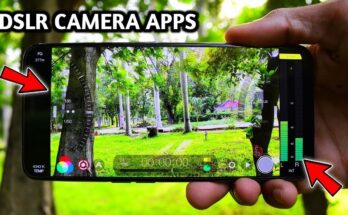In the digital age,
the term “viral” has transcended its biological origins to become synonymous with rapid and widespread online dissemination. The viral effect is a phenomenon where information, trends, or content spreads rapidly across the internet, often reaching a massive audience in a short period. Understanding the dynamics of this contagious online spread is crucial in comprehending the power and influence it holds in today’s interconnected world.
**1. ** Content that Strikes a Chord:
At the heart of the viral effect lies content that resonates with a broad audience. Whether it’s a heartwarming story, a humorous meme, or a thought-provoking message, content that strikes an emotional chord tends to spread like wildfire. Relatability and emotional engagement are key factors in encouraging users to share content within their social circles.
**2. ** Social Media Amplification:
Social media platforms act as the accelerators of virality. The interconnected nature of platforms like Facebook, Twitter, and Instagram allows information to traverse vast networks within seconds. Likes, shares, retweets, and comments serve as fuel, propelling content into the feeds of countless users and extending its reach exponentially.
**3. ** Influencers and Opinion Leaders:
Influencers, with their large and dedicated follower bases, play a pivotal role in the viral effect. When an influencer endorses or shares content, it can quickly gain traction and reach a wider audience. Their status as opinion leaders can turn an ordinary piece of content into a trending topic, creating a cascade effect as followers share with their networks.
**4. ** Timing is Everything:
The timing of content release can significantly impact its virality. Trends and news stories have a shelf life, and catching the wave at the right moment can propel content to new heights. Timely and relevant content has a higher chance of resonating with users, increasing the likelihood of it being shared across various platforms.
**5. ** User-Generated Content:
The viral effect is not solely driven by professional creators; user-generated content often takes center stage. Memes, challenges, and user-driven campaigns can organically emerge from the online community, creating a sense of participation and ownership among users. This participatory element enhances the virality of the content.
**6. ** Algorithmic Influence:
Social media algorithms play a significant role in determining the visibility of content. Platforms use algorithms that prioritize content based on user preferences, engagement history, and relevance. Content that aligns with these algorithms is more likely to be shown to a broader audience, contributing to its viral spread.
**7. ** Controversy and Novelty:
Controversial content has a propensity to go viral due to its polarizing nature, sparking discussions and debates. Similarly, novel and unique content that breaks from the norm can capture the attention of users who seek fresh and original experiences in the online space.
In conclusion
the viral effect is a complex interplay of emotional resonance, social media dynamics, influential figures, timing, user participation, algorithmic preferences, and the inherent nature of the content itself. As the digital landscape continues to evolve, understanding and harnessing the dynamics of the viral effect will remain a crucial aspect of online communication and influence.




